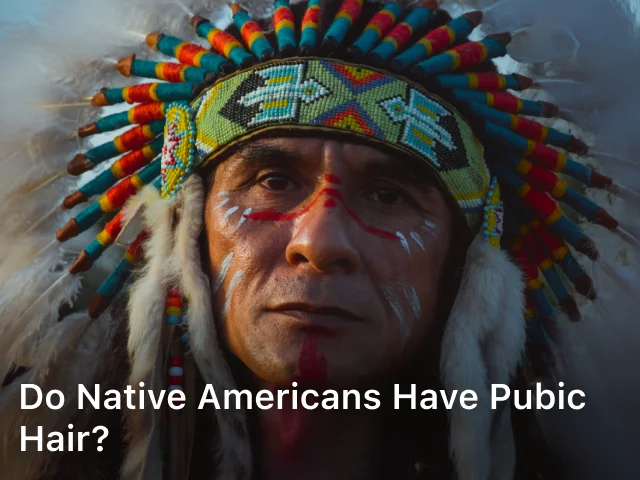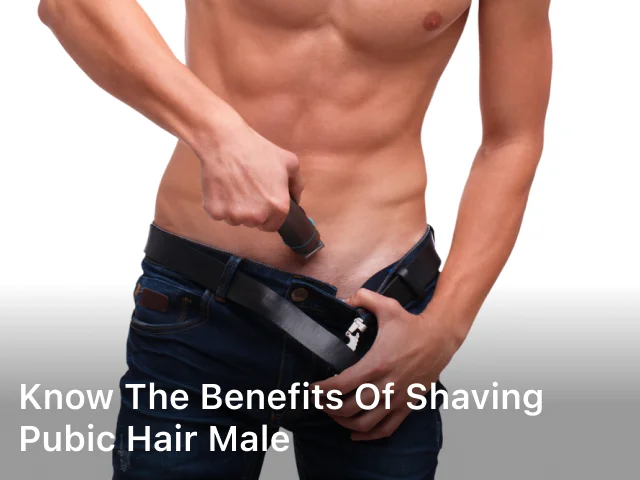Do Native Americans have Pubic Hair?

fitguideguru.com. Do Native Americans have Pubic Hair? – Discover the truth about Native Americans and pubic hair in this informative article. Get insights on this intriguing topic and debunk the myths.
Pubic hair is a subject of curiosity and discussion across various cultures. It’s a topic that raises questions about grooming practices, cultural diversity, and personal choices.
When we specifically consider Native American communities, the question arises: Do Native Americans have pubic hair? To answer this question, it’s essential to explore the cultural significance of hair, the diversity among Native American communities, historical grooming practices, contemporary perspectives, stereotypes, and the importance of respecting cultural diversity.
Do Native Americans have Pubic Hair
Yes, Native Americans, like people of all ethnic backgrounds, typically have pubic hair. Pubic hair is a natural and common feature of human anatomy, and its presence is not determined by one’s ethnicity.
It serves various purposes, including protection and moisture control. It’s important to remember that there is a wide range of diversity among Native American communities, just as there is among all human populations, so individual characteristics can vary. However, the presence of pubic hair is a universal human trait.
Keep Reading : Does Pubic Hair Make You Smell So Bad?
The Cultural Significance of Hair
Hair holds deep cultural significance in many Native American tribes. It is often considered a reflection of one’s identity and connection to the community.
Traditionally, hair is believed to be a source of spiritual strength and power. Many tribes have rituals and ceremonies associated with hair, such as the Apache Sunrise Ceremony, where young girls have their hair blessed.

The Diversity of Native American Communities
Native American communities are incredibly diverse. With over 500 federally recognized tribes in the United States alone, each community has its own unique traditions and beliefs. Consequently, practices related to grooming, including the treatment of pubic hair, can vary significantly from tribe to tribe.
Historical and Traditional Grooming Practices
Historically, grooming practices among Native American tribes varied widely. Some tribes practiced intricate hairstyles and the removal of body hair, including pubic hair, while others emphasized natural hair growth. Hair was often used as a symbol of one’s tribe or family, and how it was styled or treated could carry significant cultural meaning.
Keep Reading : Know the Benefits of Shaving Pubic Hair Male
Contemporary Native American Perspectives
In the modern era, Native American perspectives on grooming practices have evolved. Globalization, increased interaction with other cultures, and changing beauty standards have led to a diversity of choices.
Some individuals choose to follow contemporary grooming trends, while others maintain traditional practices. Pubic hair grooming, like other aspects of grooming, is a matter of personal choice.
Stereotypes and Misconceptions
Unfortunately, there are stereotypes and misconceptions surrounding Native Americans and their grooming practices. These stereotypes often overlook the vast diversity among tribes and perpetuate harmful assumptions. It is essential to dispel these myths and approach the subject with an open and informed mindset.
Pubic Hair Grooming Trends
In the broader context, pubic hair grooming trends have been influenced by fashion, media, and cultural shifts. However, it’s crucial to remember that not all Native Americans follow these trends. The choices individuals make regarding grooming practices are highly personal and can differ widely.
Respect for Cultural Diversity
Respect for cultural diversity is a fundamental aspect of understanding Native American grooming practices. Every tribe and individual may have their own unique beliefs and traditions. Embracing this diversity is key to fostering tolerance and acceptance.
Pubic Hair in the Context of Personal Choice
The question of whether Native Americans have pubic hair ultimately boils down to personal choice. Just as with individuals from any culture, grooming practices are a matter of autonomy. Some may choose to groom, while others may not. It’s essential to respect these choices.
The Role of Education
Education plays a vital role in breaking down stereotypes and promoting respect. By increasing awareness about the diversity of Native American cultures, we can encourage more inclusive attitudes and understanding.
Challenges and Discrimination
Native Americans, like many minority groups, have faced discrimination and challenges related to their cultural practices, including grooming. It’s essential to acknowledge these issues and work towards a more inclusive society.
Promoting Cultural Awareness
Promoting cultural awareness is a shared responsibility. By learning about and respecting the traditions and practices of Native American communities, we can contribute to a more culturally diverse and accepting society.
Case Studies and Personal Stories
To gain a deeper understanding of this topic, it’s valuable to hear the perspectives of Native Americans themselves. Case studies and personal stories can provide insight into the variety of experiences and choices within these communities.
Conclusion
In conclusion, the question of whether Native Americans have pubic hair is a complex one. It highlights the significance of cultural diversity, personal choices, and the importance of respect.
By dispelling stereotypes, promoting cultural awareness, and acknowledging the diversity among Native American communities, we can work towards a more inclusive and understanding society.
FAQs
1. Do all Native Americans practice the same grooming traditions?
No, Native American communities are incredibly diverse, and grooming traditions can vary widely among tribes and individuals.
2. Are there specific rituals related to pubic hair in Native American cultures?
Yes, some tribes have rituals and ceremonies associated with hair, including pubic hair, as part of their cultural practices.
3. How have contemporary grooming trends influenced Native Americans?
Like other cultures, Native American individuals may choose to follow contemporary grooming trends or maintain traditional practices based on personal preferences.
4. What can individuals do to promote cultural awareness and understanding?
Individuals can educate themselves about Native American cultures, challenge stereotypes, and engage in respectful conversations to promote cultural awareness.
5. What is the significance of respecting cultural diversity?
Respecting cultural diversity is essential for fostering tolerance, understanding, and acceptance among different communities and individuals, including Native Americans.





